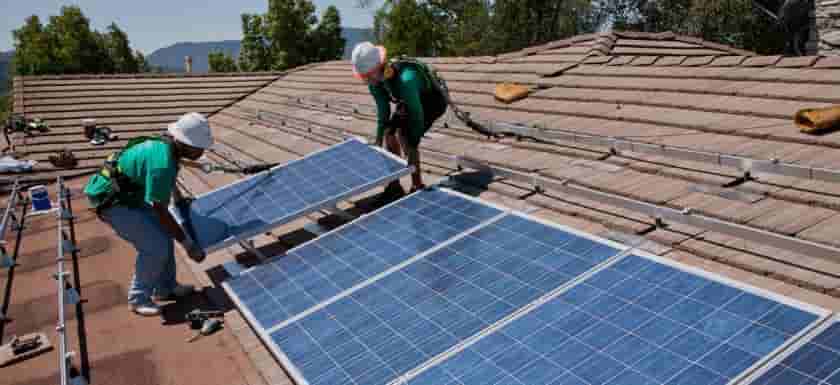
Investing in solar energy is a long-term commitment that promises sustainability, reduced operational costs, and improved energy independence.
However, the real value of this investment hinges on the quality of the installation. Poor installation practices can lead to severe technical, financial, and safety risks that compromise both performance and lifespan.
1. Reduced Energy Yield
Incorrect panel orientation, sub-optimal tilt angles, and improper string configurations can result in substantial energy generation losses. Even minor misalignments or shading issues can diminish overall plant efficiency by 10% to 30%, leading to underperformance and financial shortfalls.
2. System Reliability Issues
Low-quality workmanship often manifests in loose terminations, improper cable management, and inadequate earthing. These factors contribute to frequent outages, unplanned downtime, and higher system unreliability, ultimately disrupting operations.
3. Electrical Safety Compromises
Substandard installation practices increase the risk of electrical faults, including short circuits, arcing, and potential fire hazards. Faulty connections and low-grade materials can endanger both property and personnel.
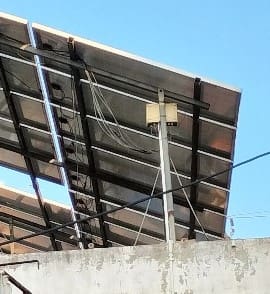
4. Inverter Performance Degradation
The inverter is the heart of a solar plant. Improper sizing, incorrect wiring, and flawed placement can lead to inverter overloads, thermal stress, and premature failure, drastically impacting plant output and longevity.
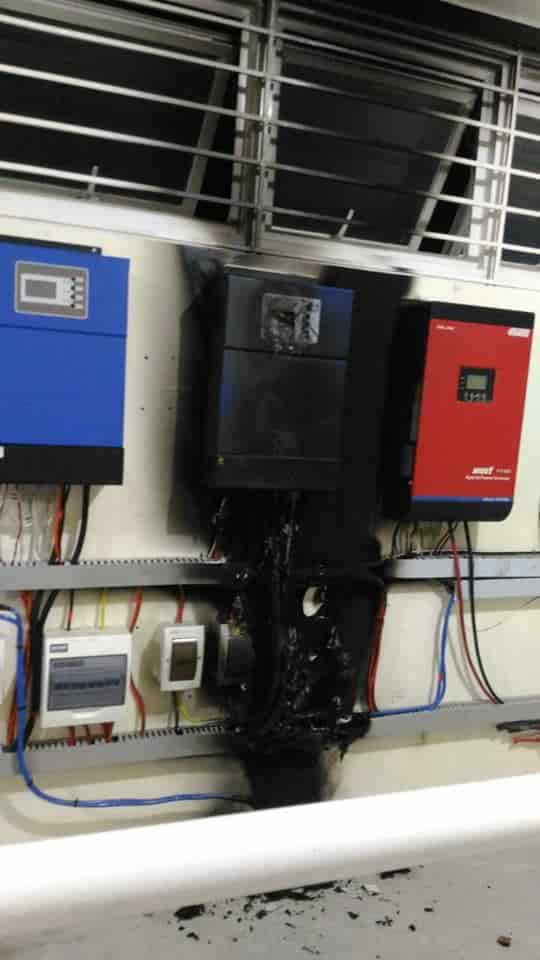
5. Structural Integrity Risks
Mounting structures that are poorly designed or inadequately secured can cause roof damage, water ingress, and in extreme cases, structural failures. Long-term consequences include expensive repairs and safety liabilities.
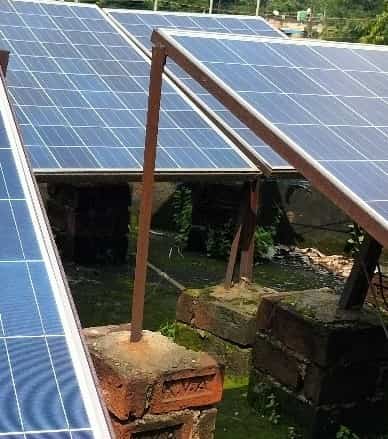
6. Escalated Maintenance Costs
Recurring faults due to poor installation result in continuous service interventions and part replacements. Over time, these costs erode the expected financial returns from the solar plant.
7. Warranty and Insurance Voids
Failure to comply with manufacturer installation guidelines can void equipment warranties. Additionally, non-compliance may lead to insurance claim rejections in the event of damages or accidents.
8. Regulatory Non-Compliance
Inadequate installation often fails to meet safety codes and local regulations, leading to penalties, delays in project commissioning, and disqualification from government incentives and subsidies.
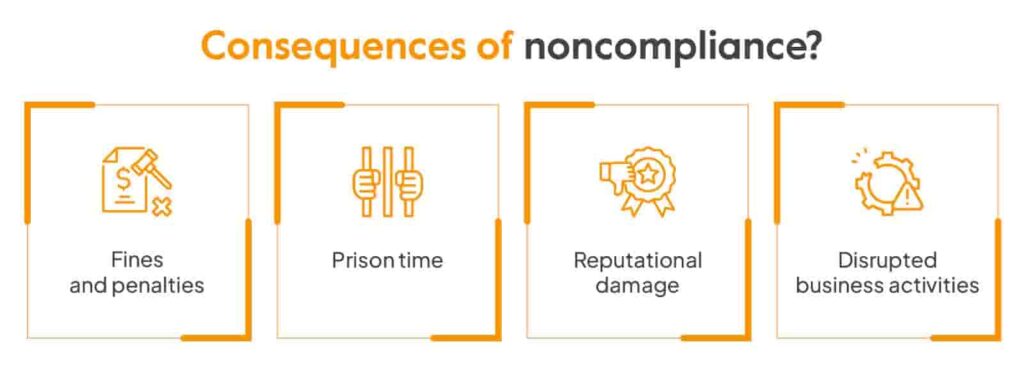
9. Inefficient Monitoring and Data Management
A flawed installation frequently overlooks proper setup of monitoring systems. Without real-time data and performance tracking, early detection of inefficiencies or system failures becomes impossible, leading to undetected losses.
10. Reduction in System Life
Continuous operational stress from substandard installation practices accelerates component degradation. This significantly reduces the operational lifespan of the plant, forcing premature reinvestment.
Conclusion:
The role of a qualified and experienced solar installer is critical to achieving optimal system performance, safety, and return on investment. Stakeholders must prioritize installer quality to safeguard their Impact of Installation Quality on Solar Plant Performance and Longevity.

